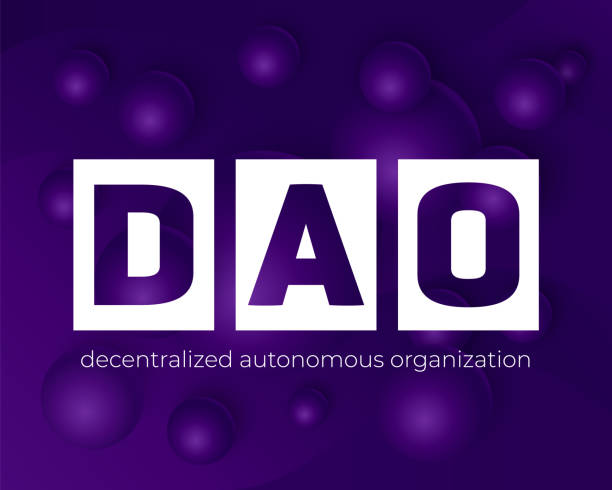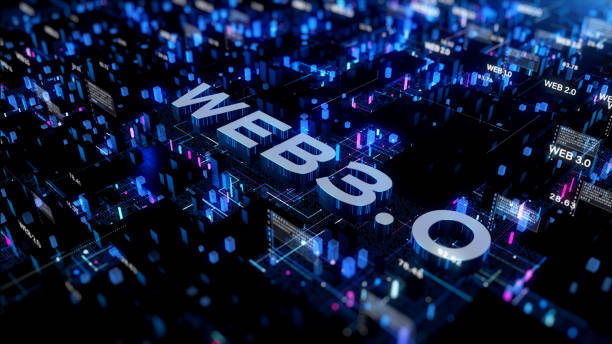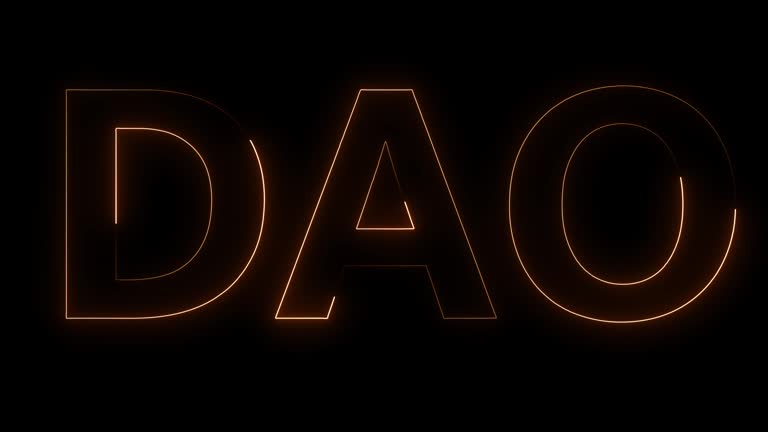The Future of Work in Web 3: DAOs, the Gig Economy, and the Rise of Async Work Models
The traditional 9-to-5 workday, with its rigid hierarchies and cubicle confinement, is facing an existential crisis. The rise of the internet, coupled with the growing dissatisfaction with corporate structures, has fueled a yearning for a more flexible, autonomous, and purpose-driven work experience. Enter Web 3, the next iteration of the internet built on blockchain technology, promising a revolution in the way we work.
This new web landscape presents a future of work characterized by three key trends: the rise of Decentralized Autonomous Organizations (DAOs), the evolution of the gig economy, and the increasing adoption of asynchronous work models. Let's delve into each of these trends and explore how they might reshape the professional landscape:
DAOs: Reimagining Work with Decentralized Governance
DAOs are essentially internet-native organizations owned and operated by their members. Decisions are made collectively through proposals and voting on a blockchain, eliminating the need for a central authority figure. This decentralized structure opens up exciting possibilities for the future of work:
- Worker-Owned Cooperatives: DAOs have the potential to become worker-owned cooperatives, where members contribute their skills and share in the profits generated. This empowers individuals to have a greater stake in the success of their work and fosters a more collaborative environment.
- Project-Based Collaboration: DAOs excel at facilitating project-based collaborations. Freelancers, artists, and developers can come together to work on specific projects without the constraints of a traditional company structure. This allows for greater flexibility and the formation of dynamic teams based on specific skill sets.
- Task-Based Compensation: DAOs can reward members based on their contributions to specific tasks or projects. This approach can be more efficient and transparent than traditional salary structures, ensuring that individuals are compensated fairly for their work.
The Gig Economy on Steroids: Web 3 and the Rise of Micro-Work
The gig economy, characterized by short-term contracts and freelance work, has already disrupted traditional employment models. Web 3 takes this a step further by enabling micro-work opportunities:
- Tokenized Task Platforms: Platforms built on blockchain technology can facilitate micro-tasks like data labeling, content moderation, or software testing. These tasks can be broken down into smaller chunks and distributed among a global pool of workers, allowing for greater flexibility and micro-payments for completed tasks.
- Smart Contracts for Secure Payments: Smart contracts, self-executing agreements on the blockchain, can automate payments and ensure freelancers are compensated promptly and fairly for completed tasks. This eliminates the risk of non-payment often associated with traditional freelance work.
- Building a Portable Reputation: Web 3 allows for the creation of decentralized reputation systems. A worker's skills and past work performance can be recorded on a blockchain, creating a portable and verifiable record that can be used to secure future work opportunities.
Async Work: Embracing Flexibility with Location-Independent Collaboration
Asynchronous work models, where communication and collaboration occur outside of set hours, are gaining traction. Web 3 tools and technologies can further empower this shift:
- Global Collaboration without Time Zone Constraints: Blockchain technology allows for seamless collaboration across geographical boundaries. Teams can work on projects asynchronously, regardless of time zones, fostering greater inclusion and participation.
- Project Management Tools Built for Asynchronous Teams: Project management tools optimized for asynchronous workflows are emerging. These tools facilitate communication, document sharing, and task tracking, ensuring everyone stays on the same page even when working on their own schedules.
- Focus on Outcomes, Not Hours: A hallmark of async work is a shift from time-based productivity to outcome-based performance. DAOs and Web 3 platforms can embed performance metrics within workflows, rewarding individuals based on achieving specific goals instead of simply logging in for a certain number of hours.
Challenges and Considerations
While Web 3 offers a promising future of work, there are challenges to consider:
- Accessibility and Education: Web 3 technologies are still evolving, and the user experience can be complex for newcomers. Educational resources and user-friendly interfaces are crucial to onboard a broader workforce into this new paradigm.
- Security and Regulations: The nascent Web 3 landscape needs robust security protocols and clear regulations to ensure user safety and prevent fraud. Building trust within this new ecosystem is vital.
- The Human Connection: While flexibility is enticing, asynchronous work can create a sense of isolation. Fostering strong team cultures and promoting meaningful communication channels will remain crucial.
The Evolving Landscape: What Does the Future Hold?
The future of work in Web 3 is a canvas waiting to be painted. Here are some potential pathways we might see emerge:
- The Rise of the DAO Workforce: DAOs might become major players in the employment landscape, attracting talent with competitive compensation packages, flexible work models, and a shared ownership stake in the organization's success.
- Hybrid Models Emerge: Traditional companies might adopt hybrid models, incorporating DAOs for specific projects or tasks while maintaining core functions with a permanent workforce.
- Universal Basic Income (UBI) Facilitates Web 3 Work: The rise of UBI, a guaranteed income provided to all citizens, could create a safety net that allows individuals to pursue entrepreneurial endeavors and explore opportunities within the Web 3 space.
- Focus on Skills and Value Creation: The future of work might shift away from traditional resumes and qualifications, focusing more on demonstrable skills and the value individuals can create within a project or organization.
Conclusion: A Future Built on Collaboration and Ownership
Web 3 has the potential to revolutionize the way we work. By fostering collaboration, empowering individuals with ownership, and offering greater flexibility, Web 3 can create a more equitable and fulfilling work experience for all. While challenges remain, the future of work is looking brighter, with individuals having more control over their careers and the freedom to shape their professional journeys on their own terms.
Ready to Embrace the Future of Work?
Here are some resources to get you started:
- DAO Platforms: Aragon, Colony
- Micro-Work Platforms: Ocean Protocol, Livepeer
- Async Work Resources: The Remote Company, Zapier
The future of work is being built now. By staying informed about the evolving Web 3 landscape and developing the necessary skills, you can position yourself to thrive in this new era of decentralized collaboration and empowered work.











![[LIVE] Engage2Earn: auspol follower rush](https://cdn.bulbapp.io/frontend/images/c1a761de-5ce9-4e9b-b5b3-dc009e60bfa8/1)









![[ℕ𝕖𝕧𝕖𝕣] 𝕊𝕖𝕝𝕝 𝕐𝕠𝕦𝕣 𝔹𝕚𝕥𝕔𝕠𝕚𝕟 - And Now What.... Pray To The God Of Hopium?](https://cdn.bulbapp.io/frontend/images/79e7827b-c644-4853-b048-a9601a8a8da7/1)








